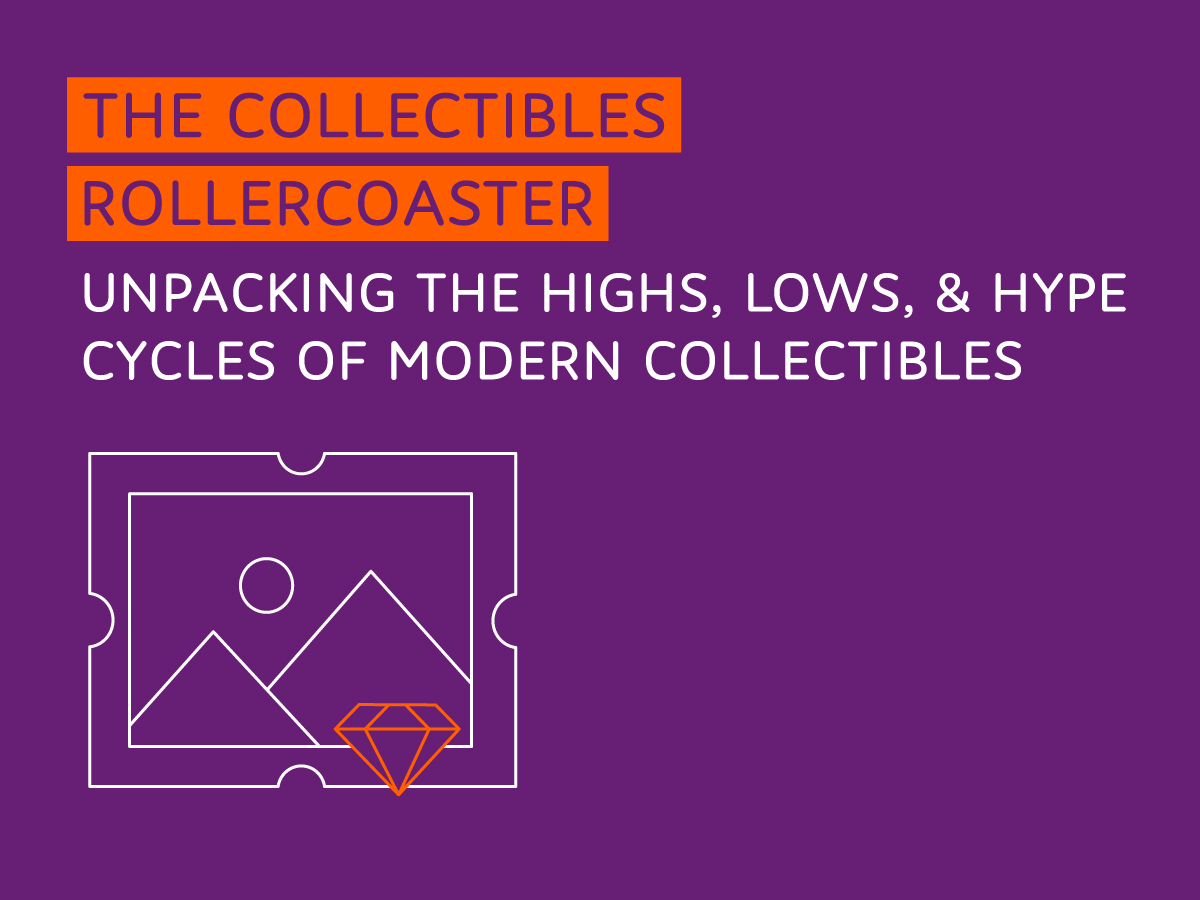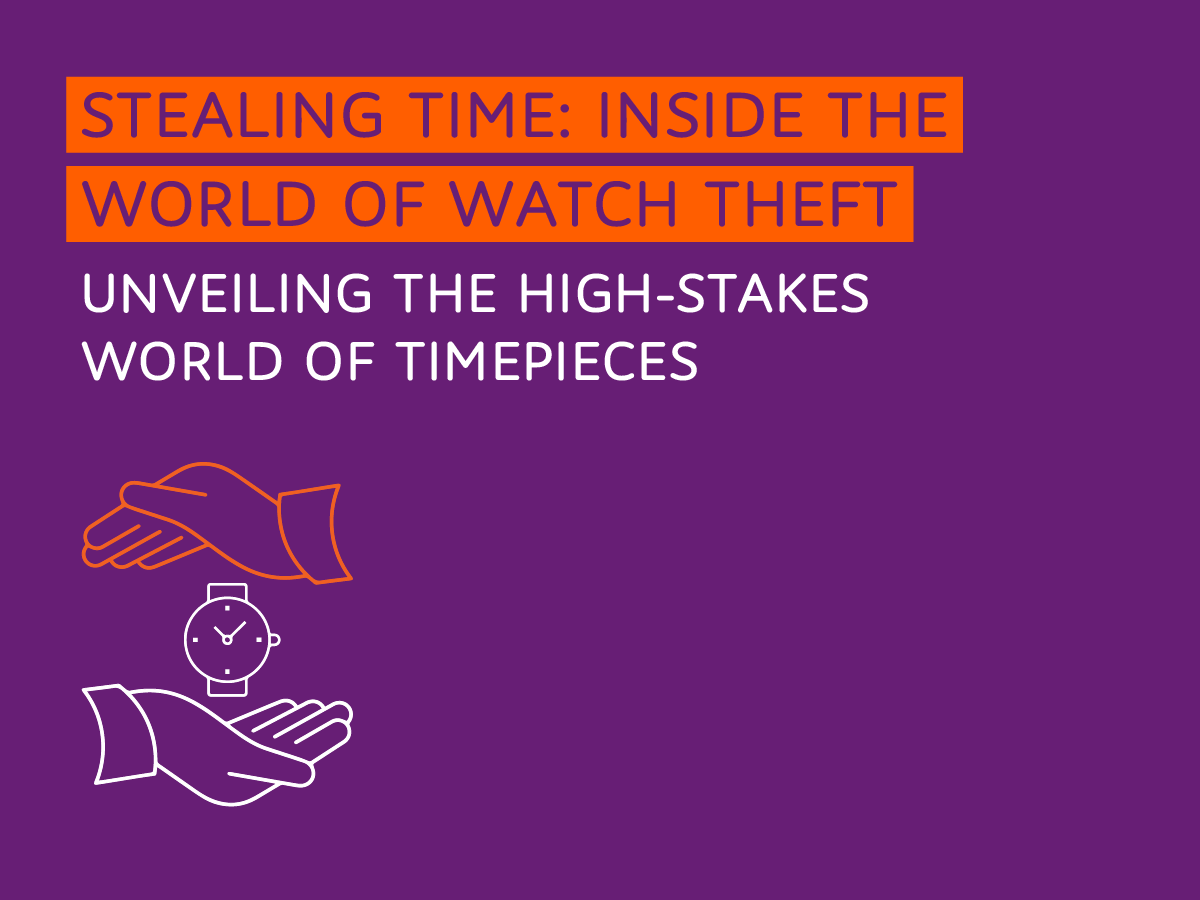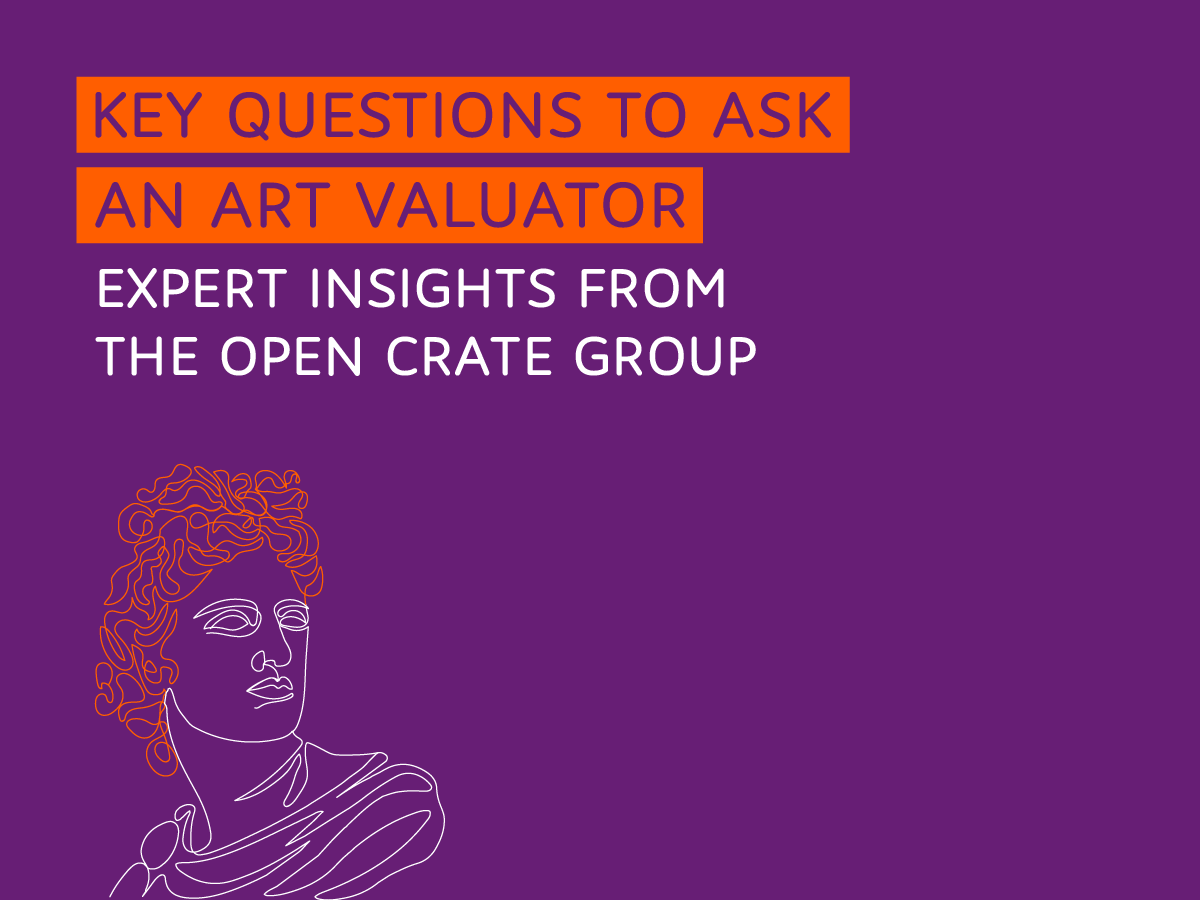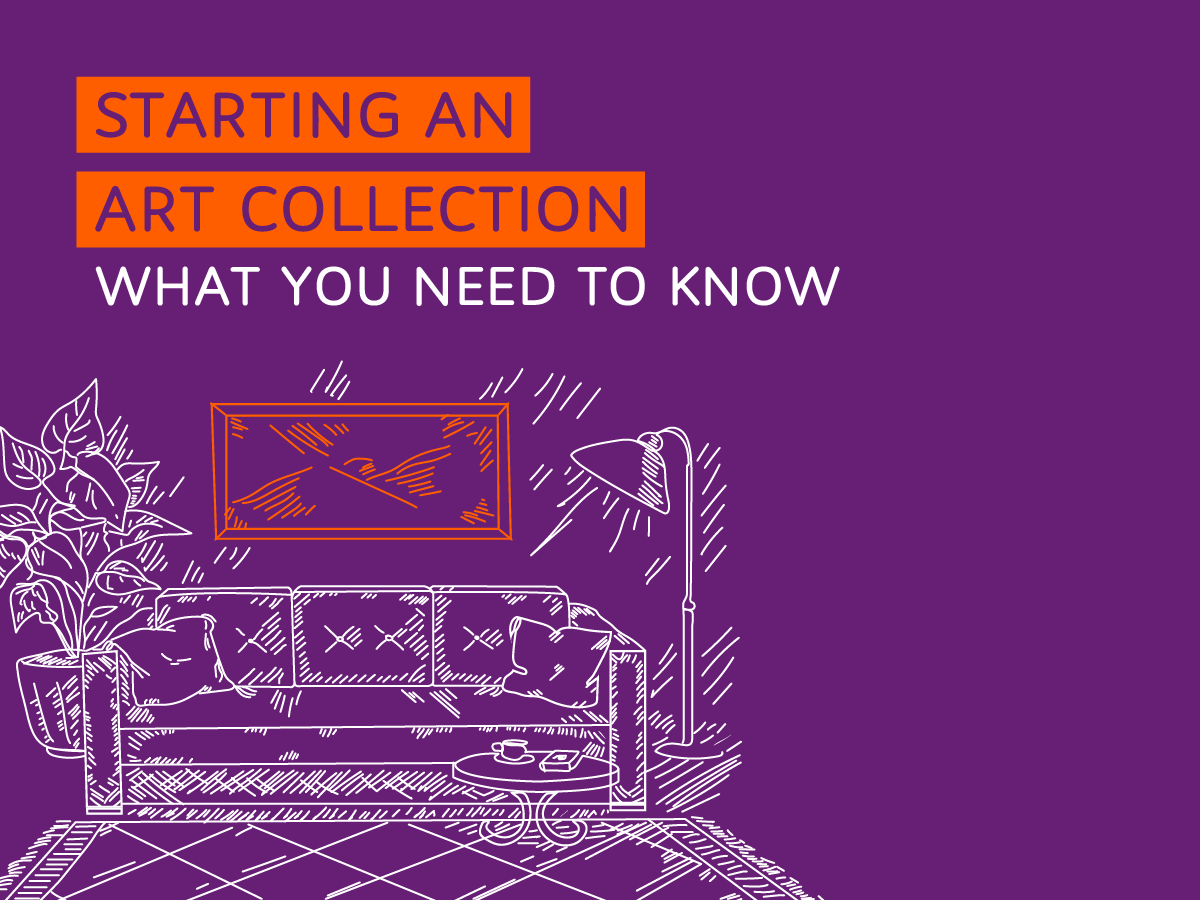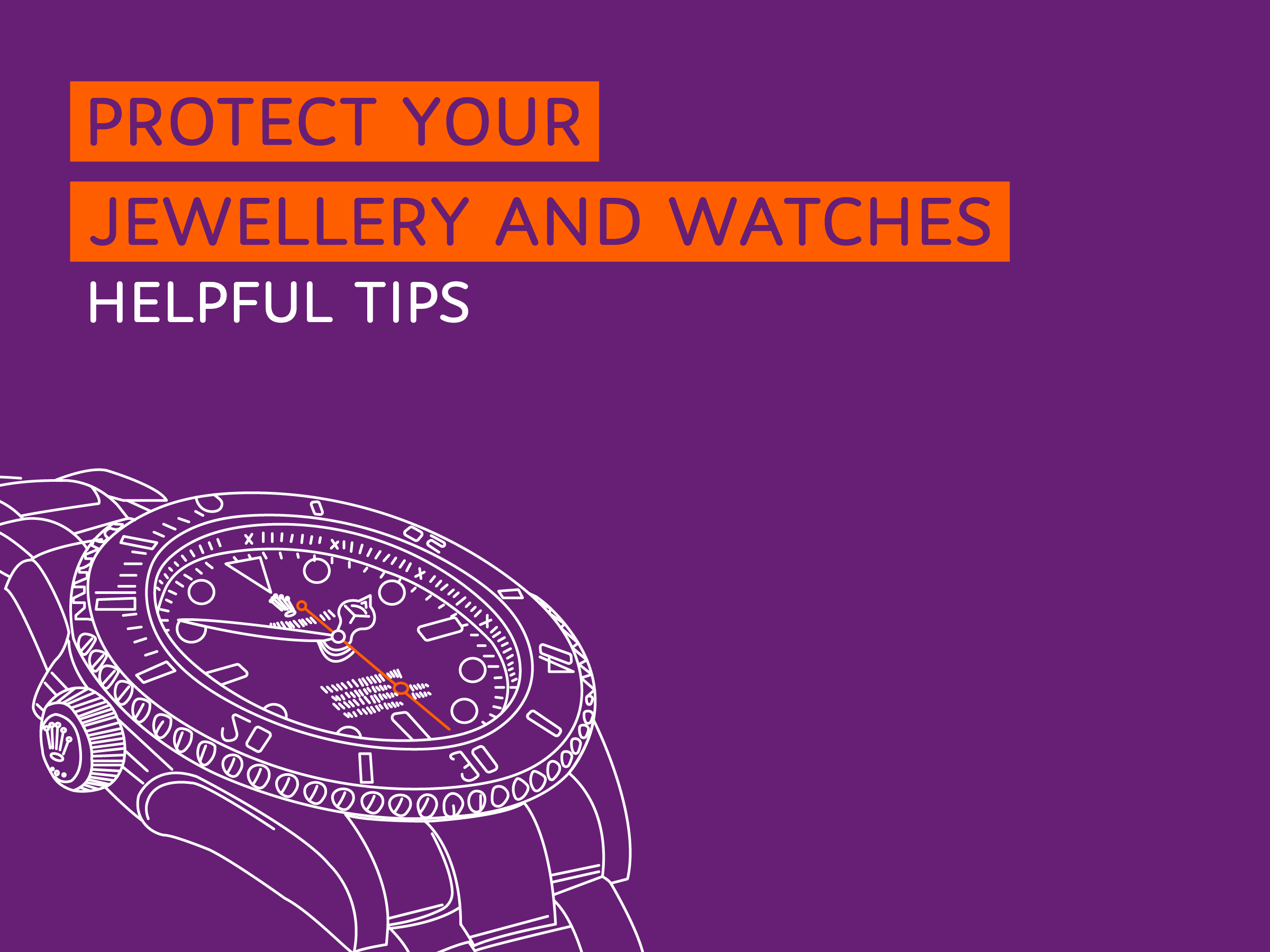Posted on November 21, 2025

In our latest article from Hana Refai, Head of Privilege Club at Sukoon, she talks about how art often becomes controversial when it dares to challenge social norms, question religious beliefs, or confront political systems. Its ability to provoke thought, stir emotions, and start a debate makes it powerful but also divisive. Controversy often stems from three main factors: challenging norms, provoking reactions, and sparking dialogue. Common controversies include themes of nudity, violence, religious imagery, political statements, and social or cultural criticism.
Challenges established norms: Art that defies social values, beliefs, or cultural practices.
Provokes strong reactions: Artworks that shock, offend, or disturb audiences through graphic content, unsettling themes, or perceived lack of artistic merit.
Invokes public debate : Art pieces that start public discourse, often exaggerated by media coverage, online arguments, and public outcry.
Common Triggers of Artistic Controversy
Religion: Works that criticise or use religious imagery in a way that some find disrespectful or blasphemous.
Sexuality : Art that is sexually explicit or challenges traditional views of gender roles and sexuality.
Politics: Art that makes bold political statements or criticises government systems.
Social Issues: Works addressing sensitive or taboo topics like violence, death, or body image.
Iconic Examples of Controversial Art
History offers countless examples of artworks that started intense debate. Here are few notable cases:
Fountain by Marcel Duchamp - 1917
A simple urinal presented as art redefined the concept of creativity, starting outrage and admiration alike.
Preserved Shark by Damien Hirst - 1991
A dead shark suspended in formaldehyde challenged perceptions of life, death, and artistic value.
Comedian by Maurizio Cattelan - 2019
A banana taped to a wall became a viral sensation, raising questions about commercialisation and the meaning of art.
Controversial art forces us to question not only the boundaries of creativity but also the values we hold as a society. It reminds us that art is not just about beauty, it’s about dialogue, disruption, and discovery.
There may be no art without controversy but what should be the parameters that define art?


